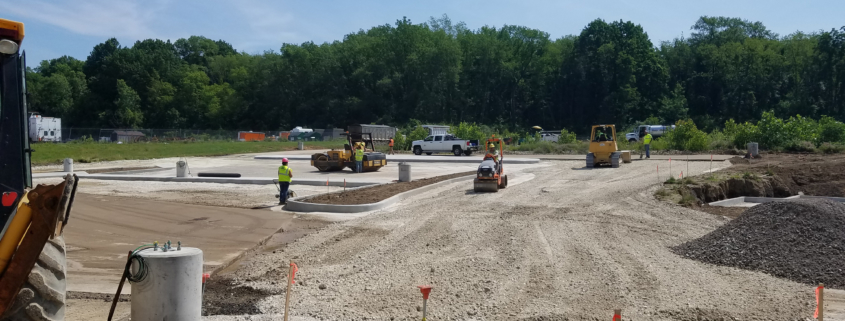Construction site cleanup and waste management are crucial aspects of any building project, impacting both the efficiency of the project and the safety of the site. Proper waste management not only ensures compliance with regulations but also promotes environmental sustainability and enhances the overall quality of the construction process.
Why Construction Site Cleanup Matters
Effective cleanup practices are essential for several reasons:
- Safety: Debris, hazardous materials, and clutter can create dangerous conditions for workers. Regular cleanup minimizes the risk of accidents and injuries on site.
- Efficiency: A well-organized site facilitates smoother workflows and faster completion of tasks. When materials and tools are easily accessible, work progresses more efficiently.
- Regulatory Compliance: Adhering to local regulations and environmental standards is mandatory. Proper waste management helps avoid fines and legal issues.
- Environmental Impact: Responsible disposal and recycling of construction waste reduce the environmental footprint of a project and promote sustainability.
Key Components of Effective Waste Management
- Waste Segregation: Separating waste into categories such as recyclables, hazardous materials, and general debris allows for more efficient disposal and recycling. This practice ensures that materials like metal, wood, and concrete are properly processed.
- On-Site Waste Storage: Providing clearly labeled bins for different types of waste keeps the site organized and simplifies disposal. Regularly emptying these bins prevents overflow and maintains a tidy work environment.
- Hazardous Waste Handling: Properly identifying and safely disposing of hazardous materials, such as asbestos, lead, or chemicals, is critical. This often requires specialized disposal methods and compliance with strict regulations.
- Recycling and Reuse: Maximizing the recycling of materials like metal, wood, and concrete reduces the need for new resources and minimizes landfill use. Reusing materials where possible can also cut costs and support sustainability.
- Documentation and Reporting: Keeping accurate records of waste types, quantities, and disposal methods helps with compliance reporting and provides valuable data for improving future waste management practices.
Best Practices for Site Cleanup
- Establish a Cleanup Schedule: Regularly scheduled cleanup sessions help maintain site order and prevent the accumulation of debris. Designate specific times for cleanup throughout the project to ensure ongoing maintenance.
- Train Your Team: Educate workers on proper waste management procedures and the importance of maintaining a clean site. Ensuring everyone is on the same page promotes consistent practices and safety.
- Hire Professionals: For large-scale projects or specialized waste types, consider hiring professional cleanup and waste management services. They bring expertise and resources that can enhance efficiency and compliance.
- Implement a Waste Management Plan: Develop a comprehensive plan outlining waste management strategies, including segregation, storage, disposal, and recycling practices. A clear plan helps coordinate efforts and ensures all team members understand their roles.
Conclusion
Effective construction site cleanup and waste management are vital for ensuring the safety, efficiency, and environmental responsibility of a building project. By implementing best practices and adhering to regulations, builders can contribute to a cleaner, safer, and more sustainable construction process. For more information about members of The Builders Association that provide these services, check out our membership directory.



